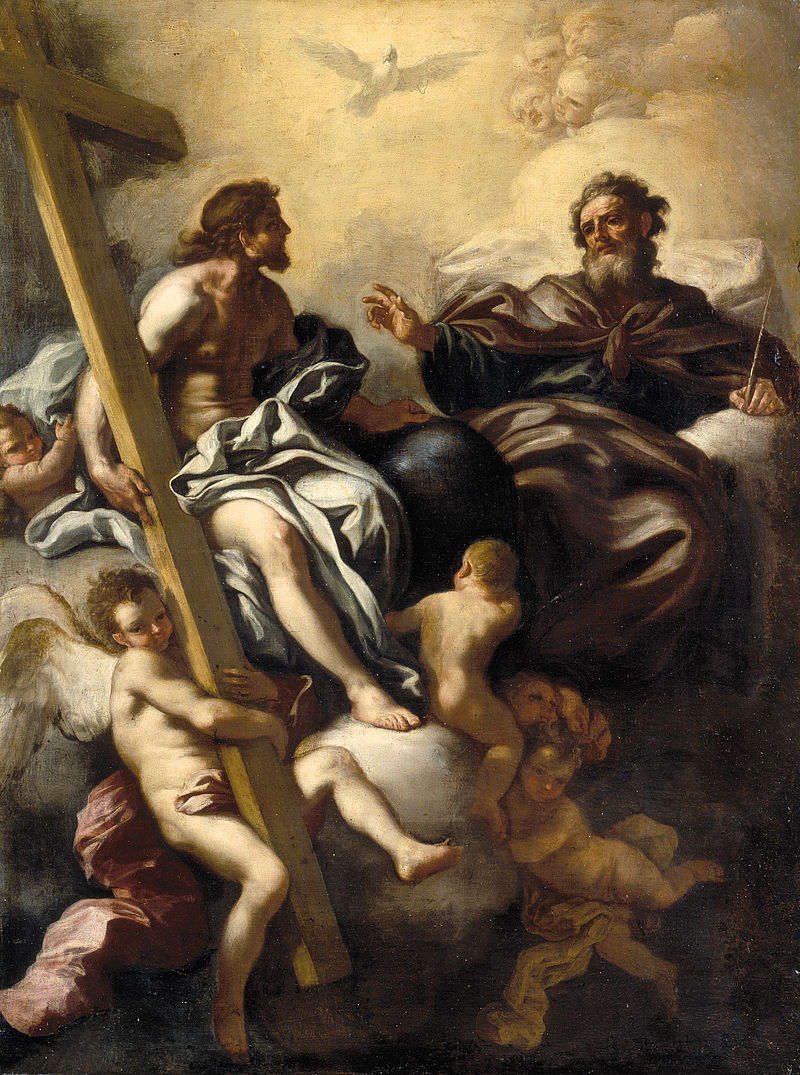Bathsheba Bathing
Francesco Solimena (1657 - 1747)
Framesize 117.50 x 143.50 x 7.50 cm
This painting captures the moment when King David – standing on the balcony to the left – first catches sight of the naked Bathsheba – surrounded by her servants – and, dazzled by her beauty, fell passionately in love with her (2 Samuel 11). David sent for her and lay with her, and she became pregnant. So the king caused Uriah, her husband, to be placed in the front lines of the battle against the Ammonites, where he fell. When the period of mourning was past, David took the widow into his own house, but his actions had displeased God, who struck the newborn dead. Bathsheba became pregnant a second time, and bore Solomon, who succeeded David to the throne.
The picture demonstrates Solimena’s decorative, theatrical style; the play of light and shade lends vitality to the animated figures. The dulled colours of the draped fabric brighten the sombre atmosphere a little, though remaining subordinate to the overall impression. The composition reveals a spacious architectural landscape, making the scene appear like a stage-set, the theatrical element emphasised by the draped curtain cut off at the top right corner of the picture.
Apart from this painting, there are two further versions by Solimena with a similar composition (Virginia Museum of Art, Richmond; Palace of Aranjuez), which possibly hark back to Neapolitan models by Artemisia Gentileschi (1593–1652). By comparing it to other works by Solimena and a drawing at the Musée du Louvre, Paris (Cabinet des Dessins, dated 1725), the Salzburg painting can be dated in the 1720s.
HABERSATTER Thomas: Solimena Francesco, Bathshea bathing, in: DUCKE Astrid, HABERSATTER Thomas, OEHRING Erika: Masterworks. Residenzgalerie Salzburg. Salzburg 2015, p. 24



